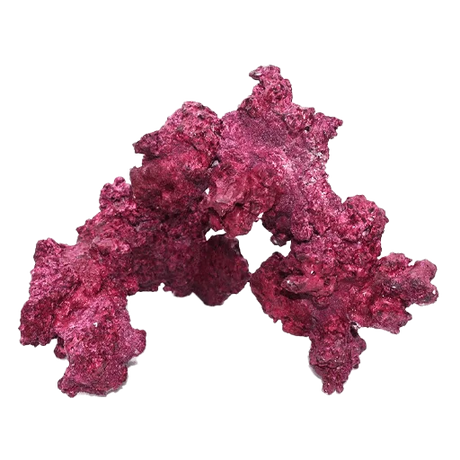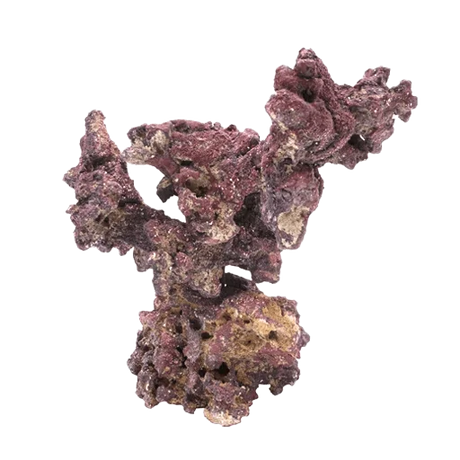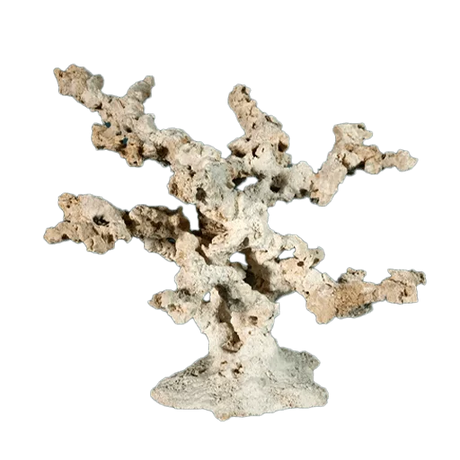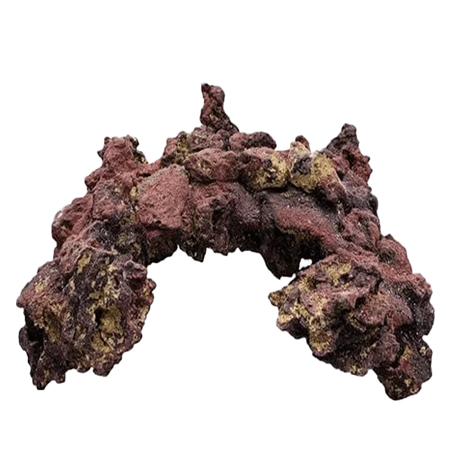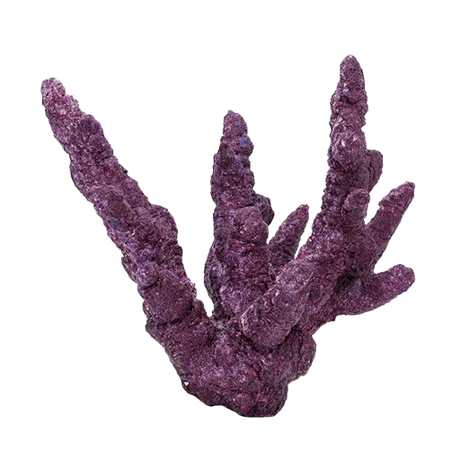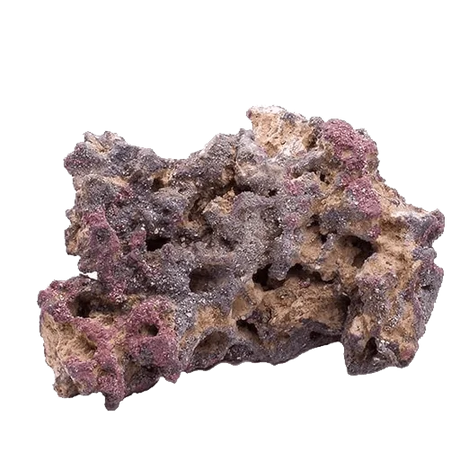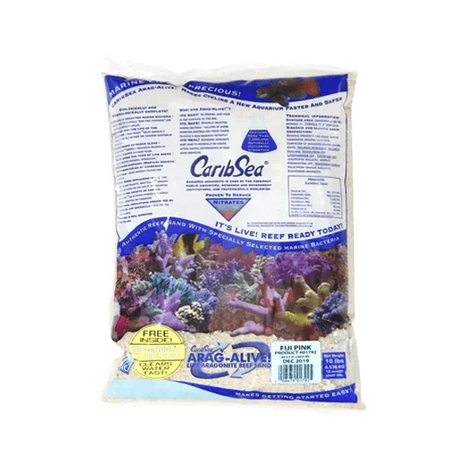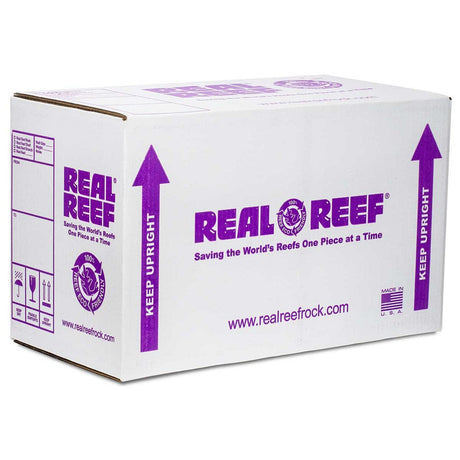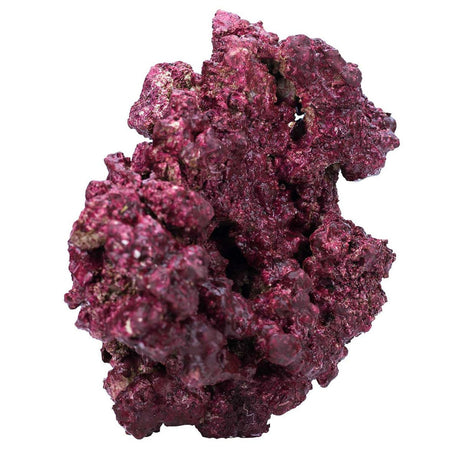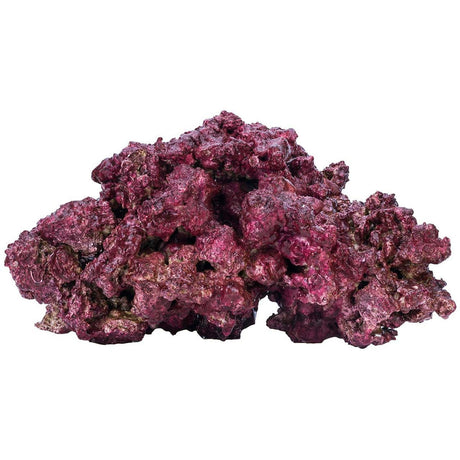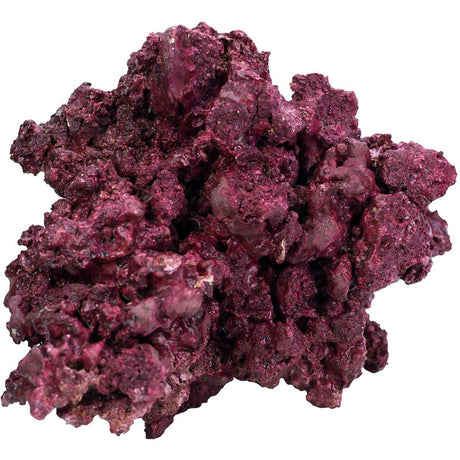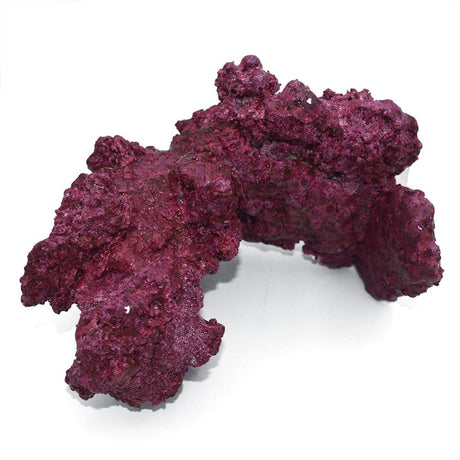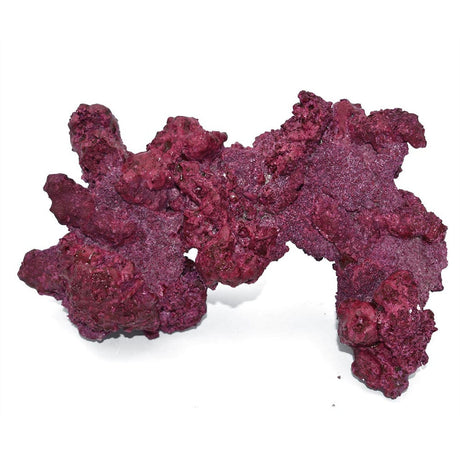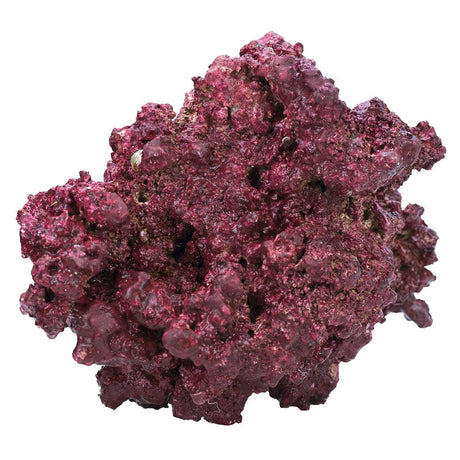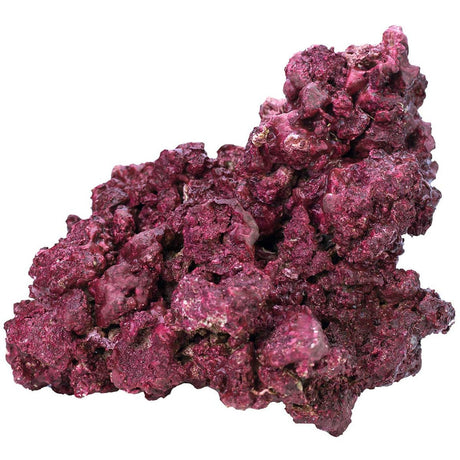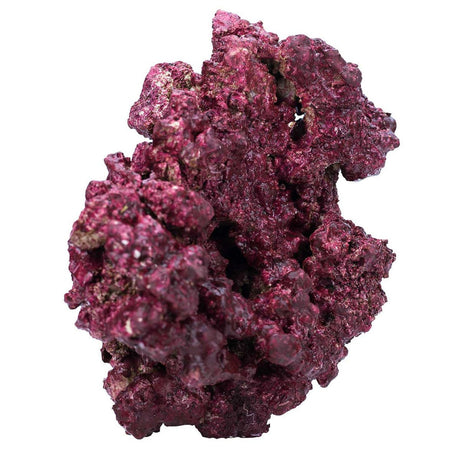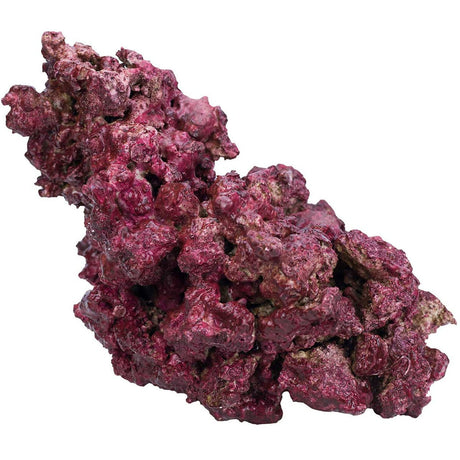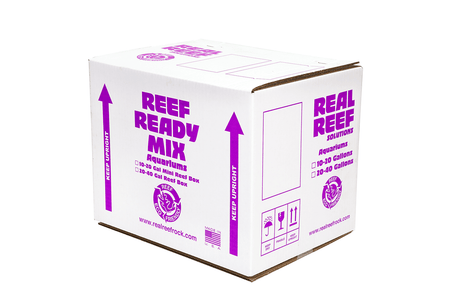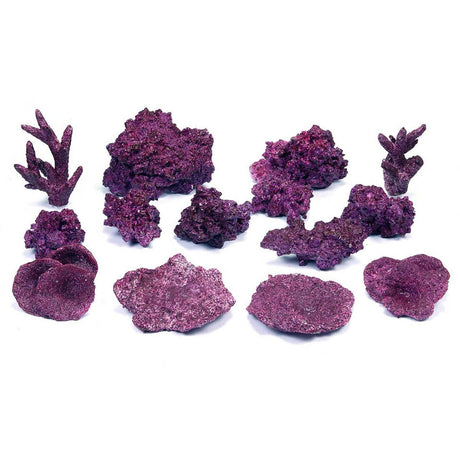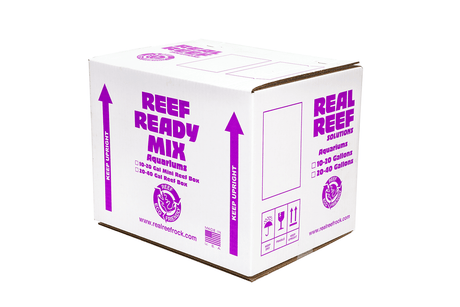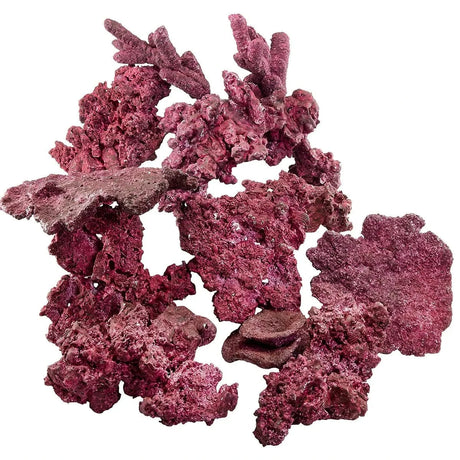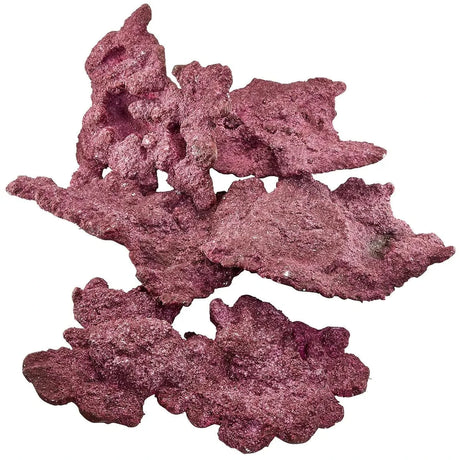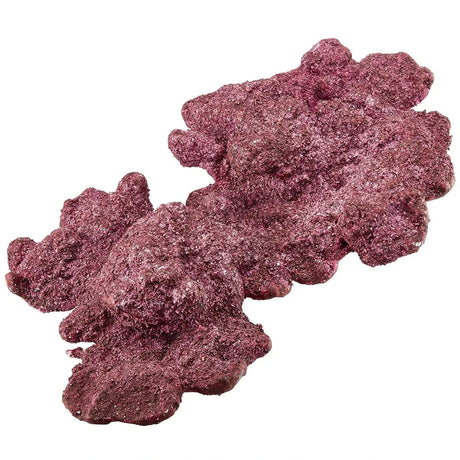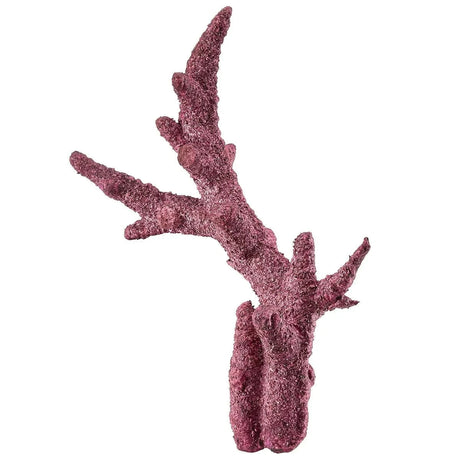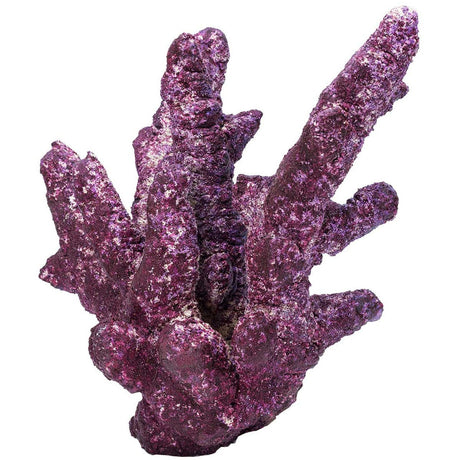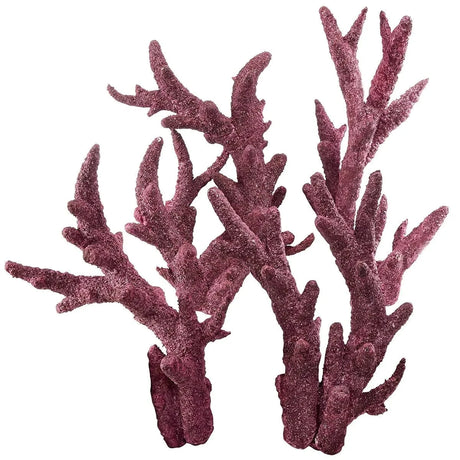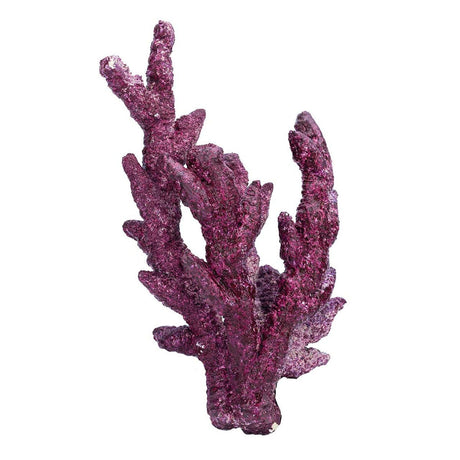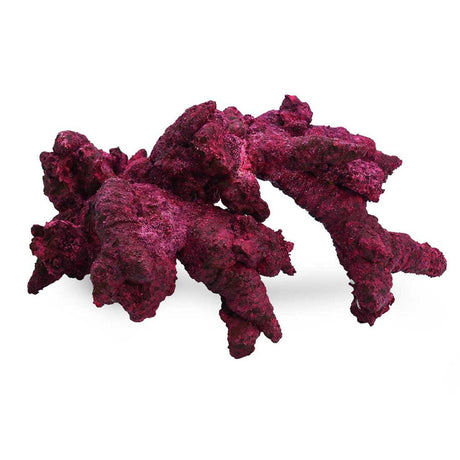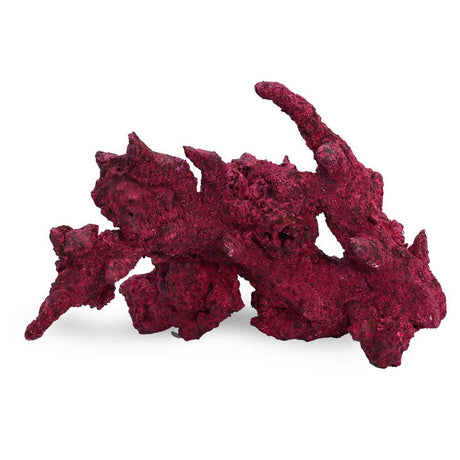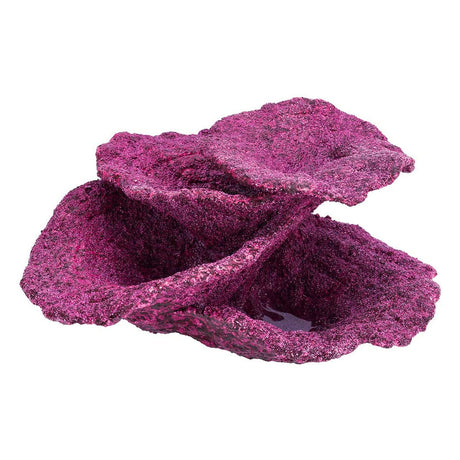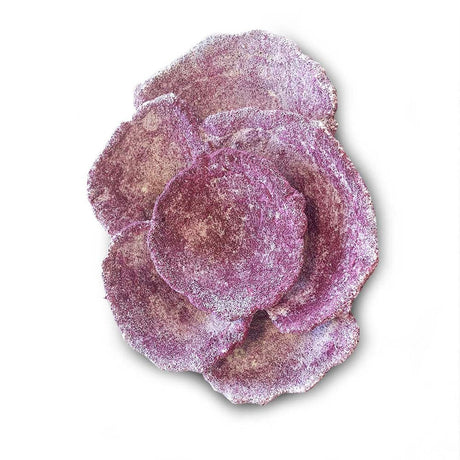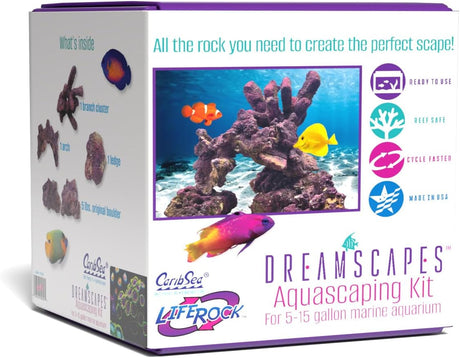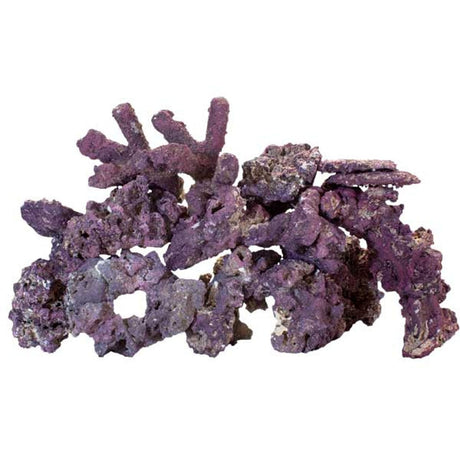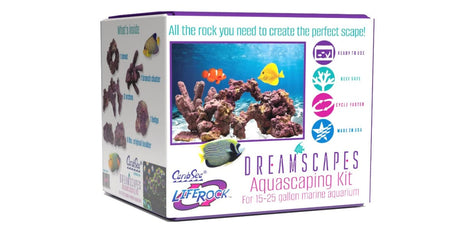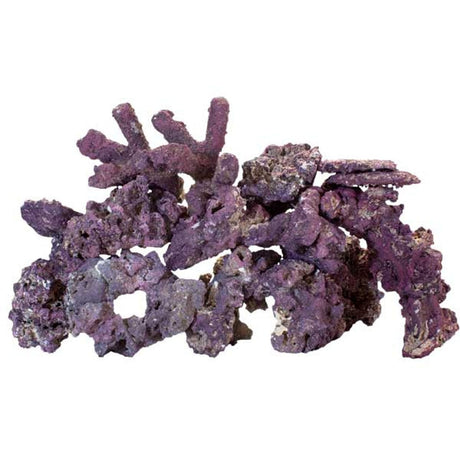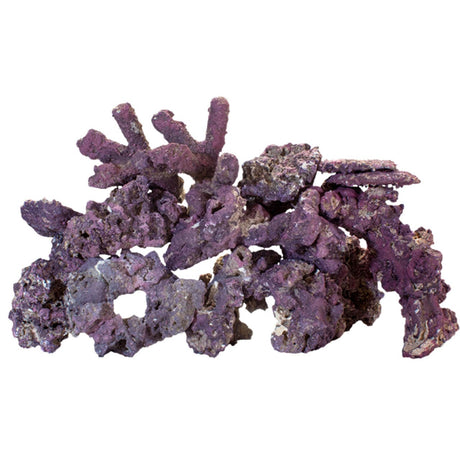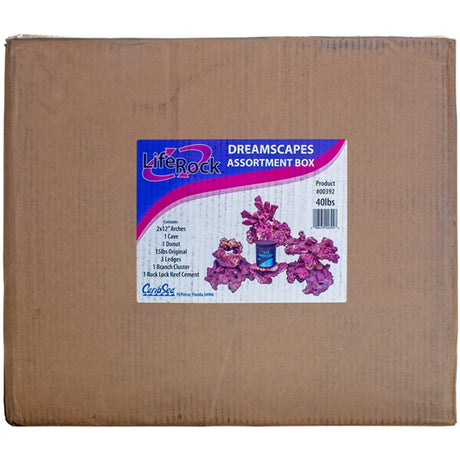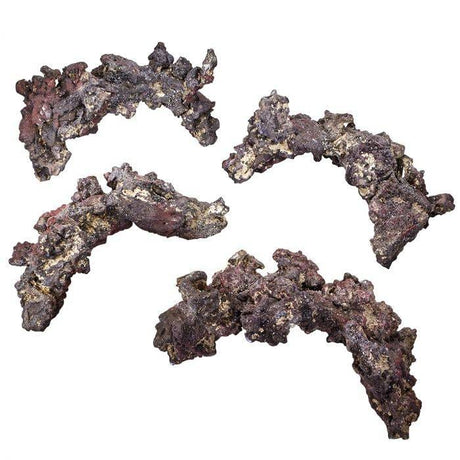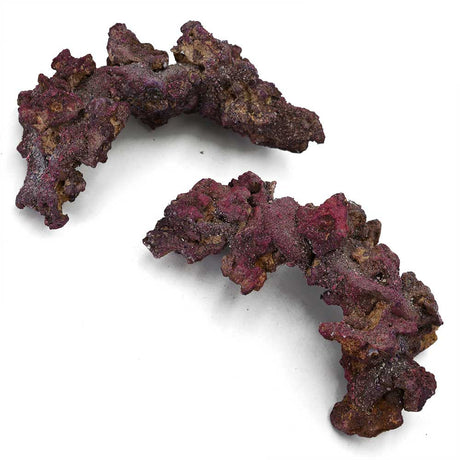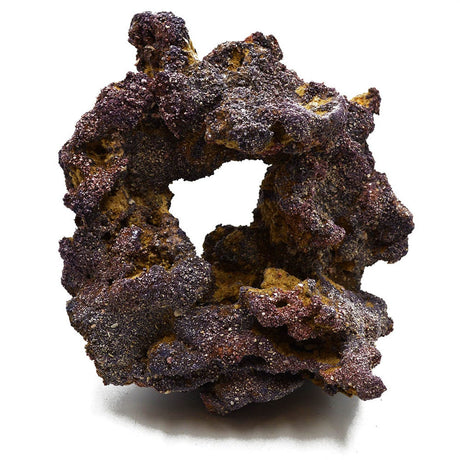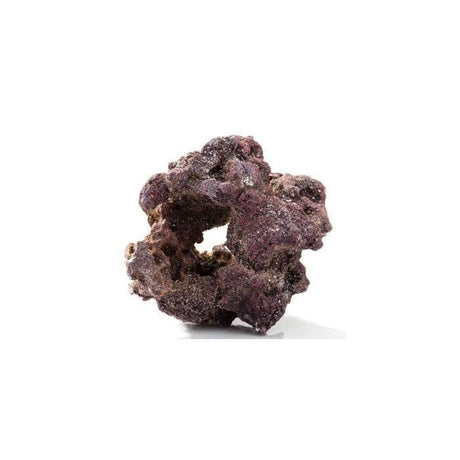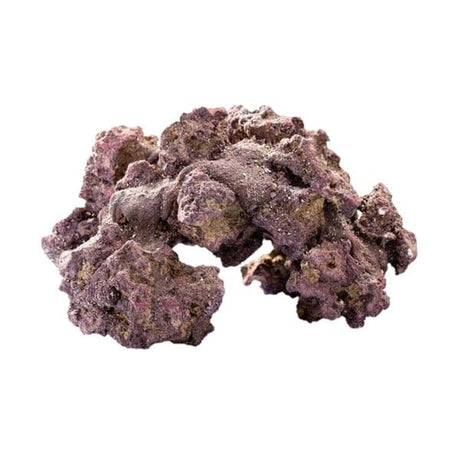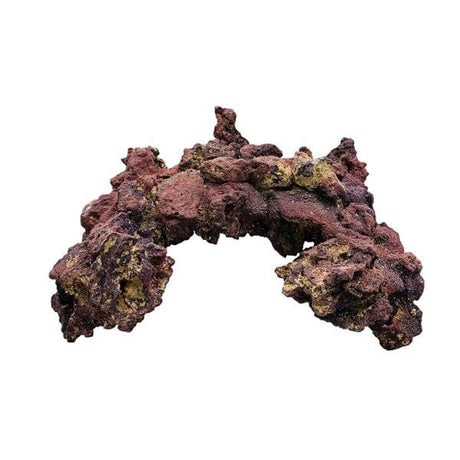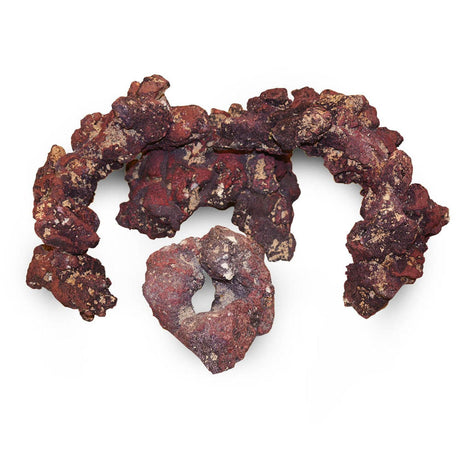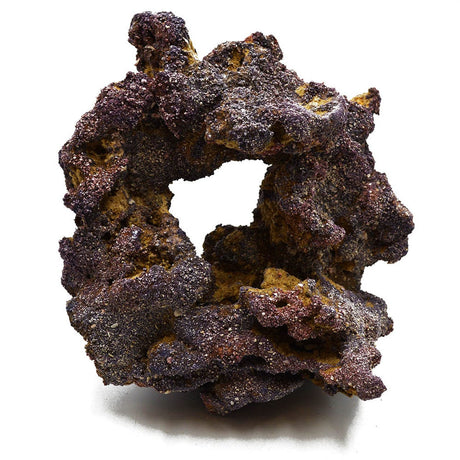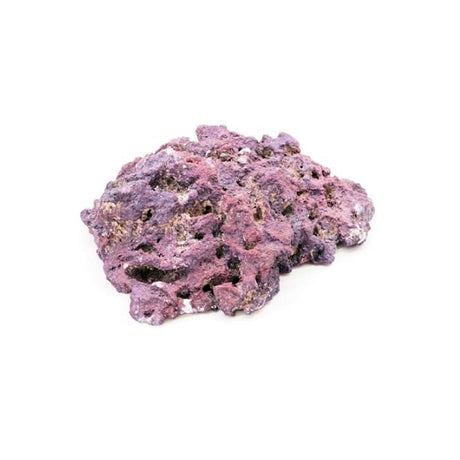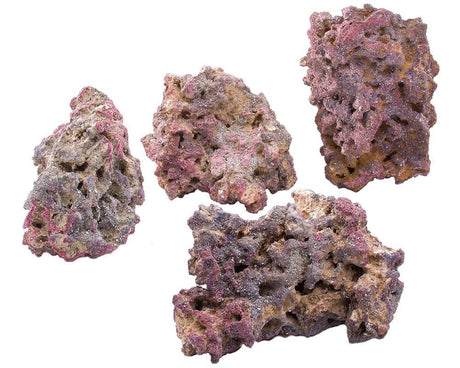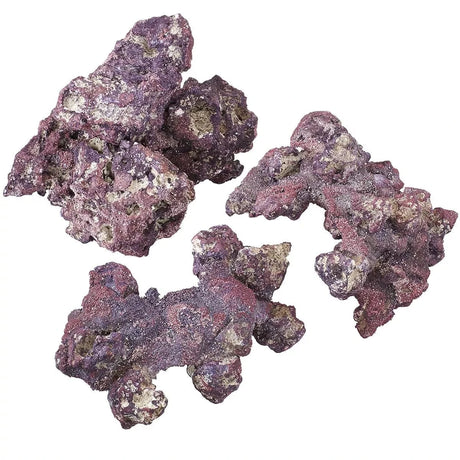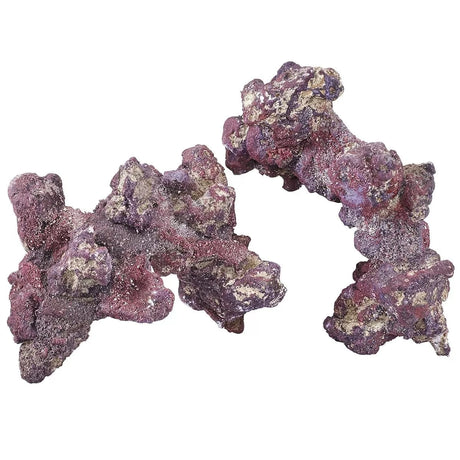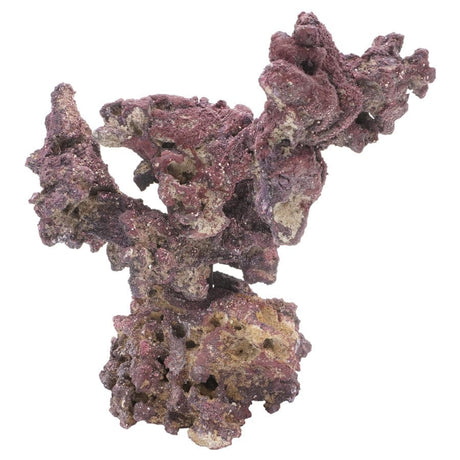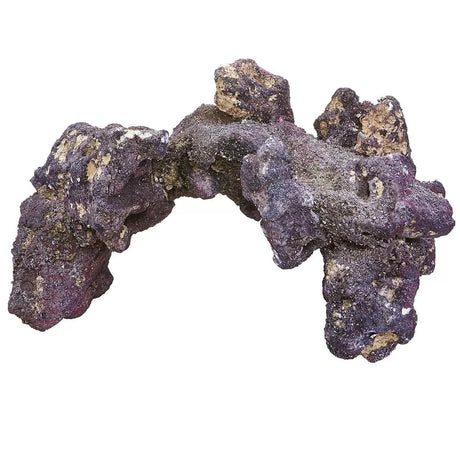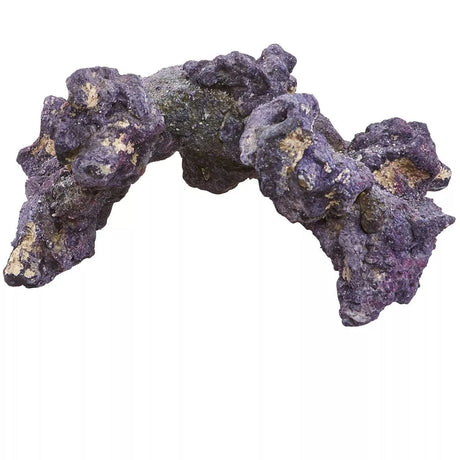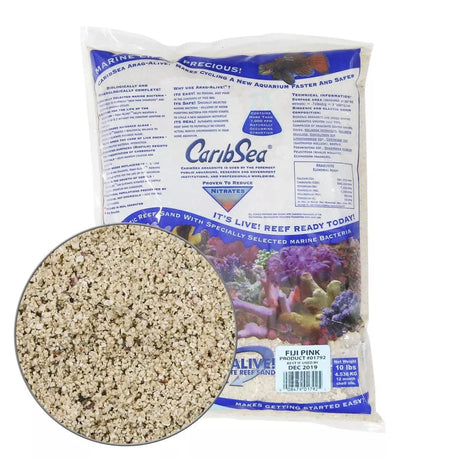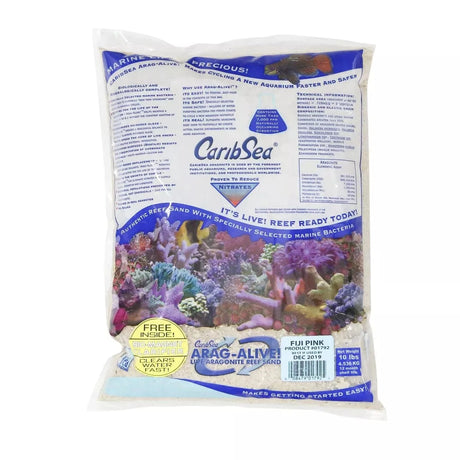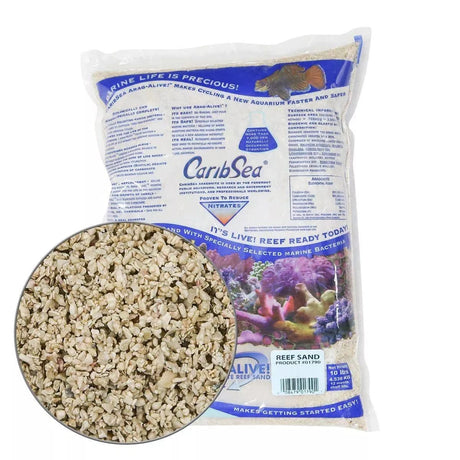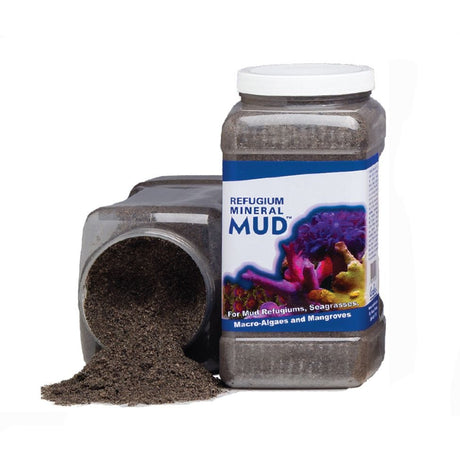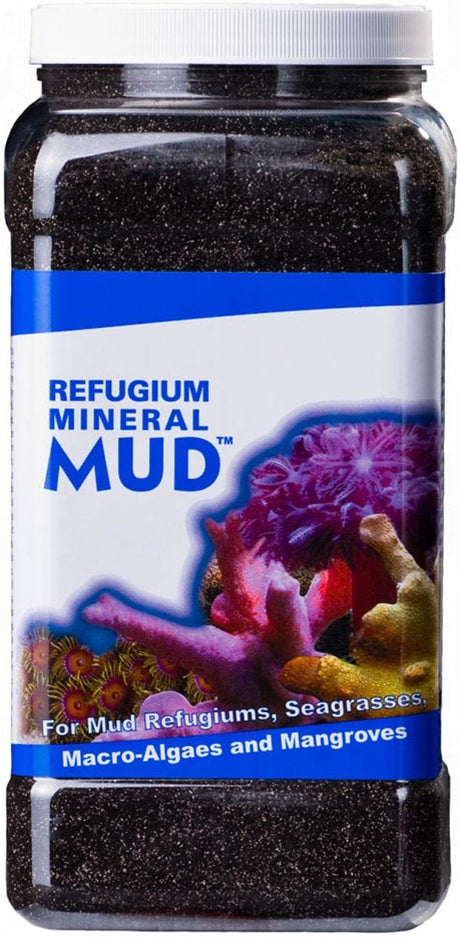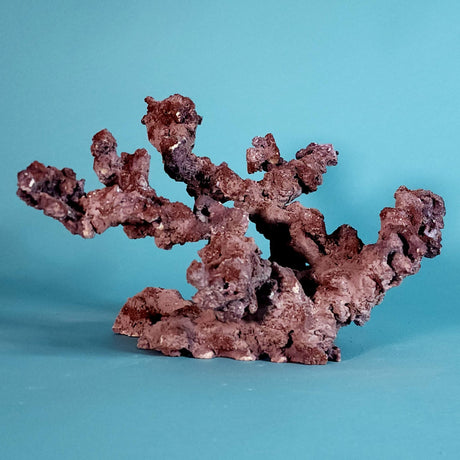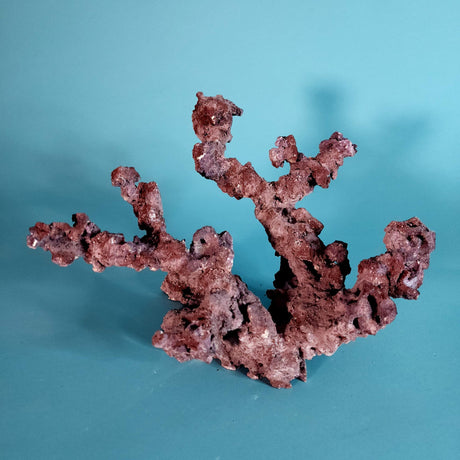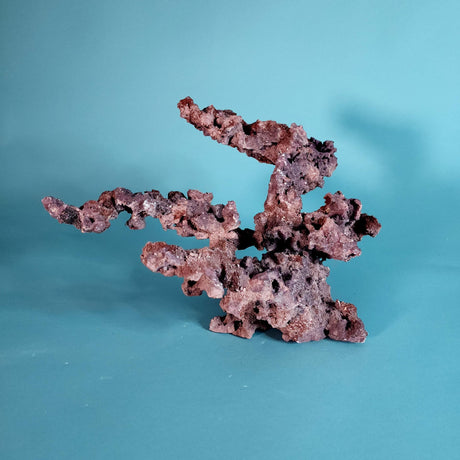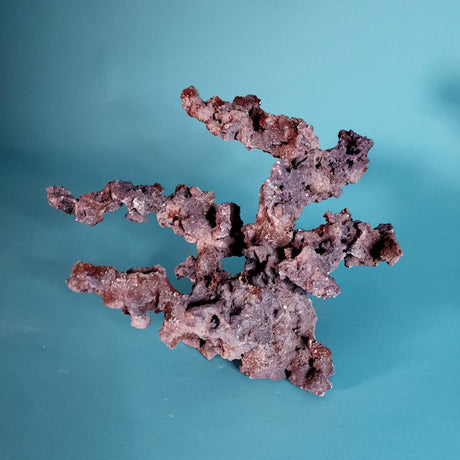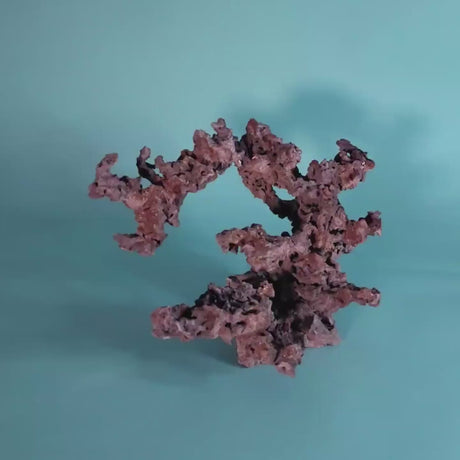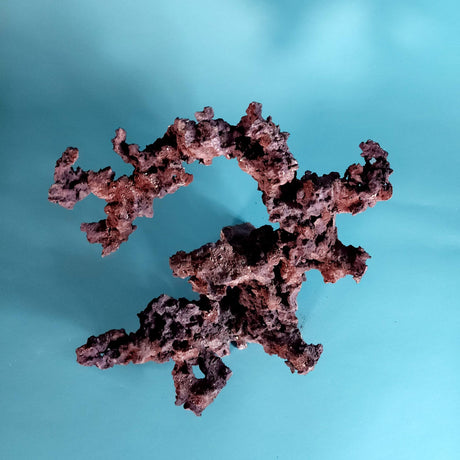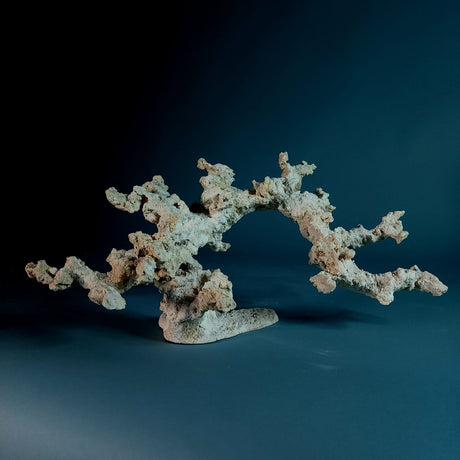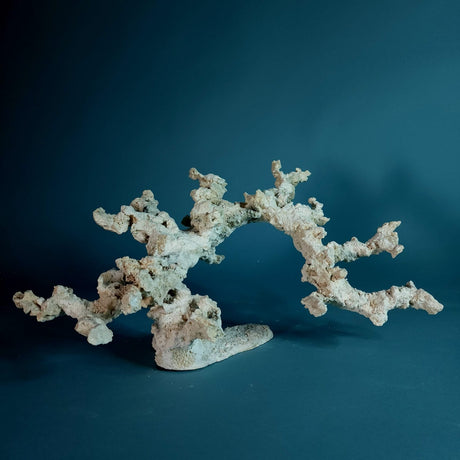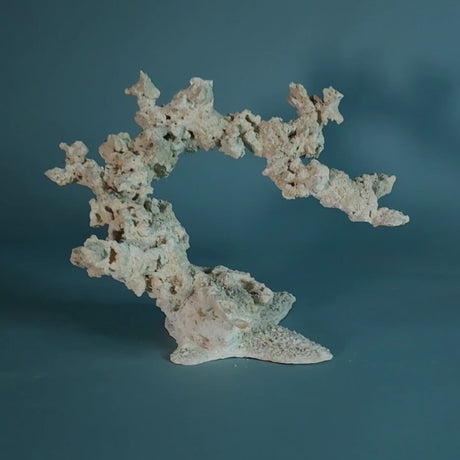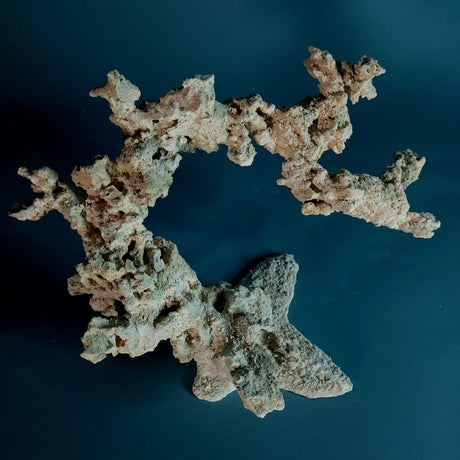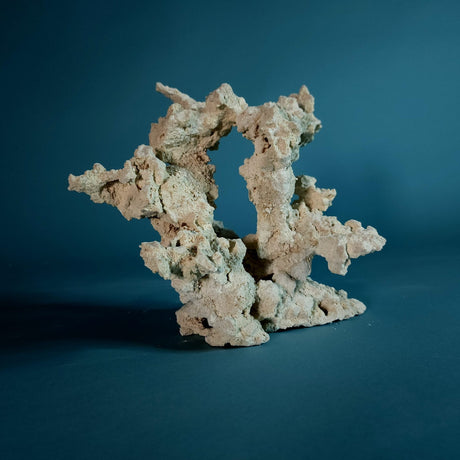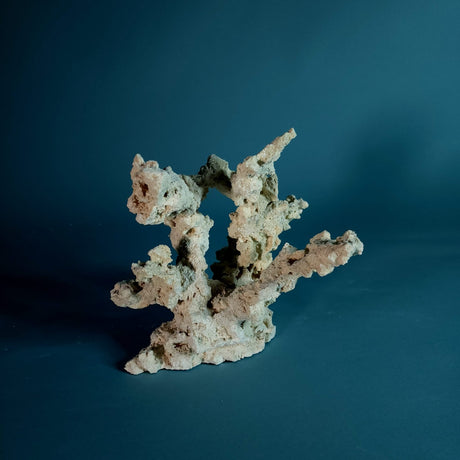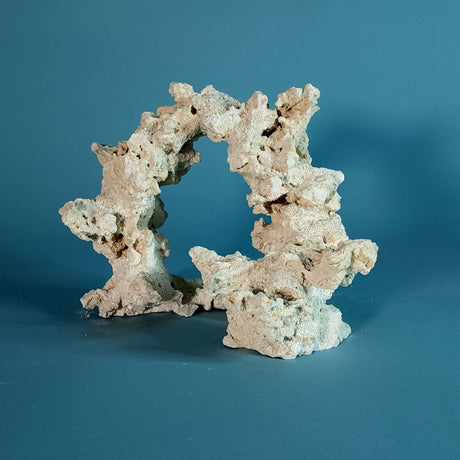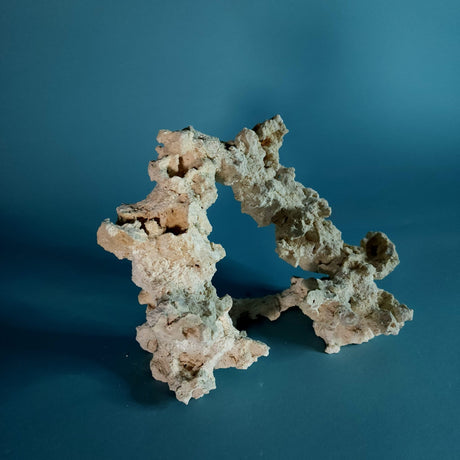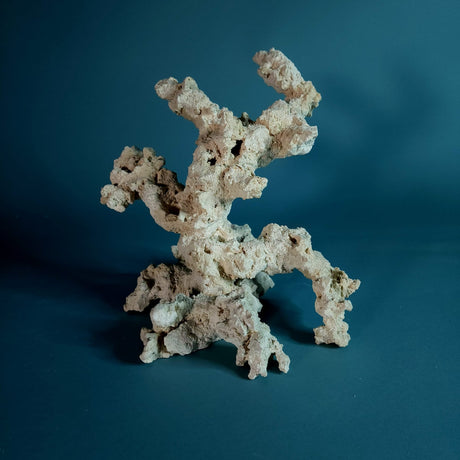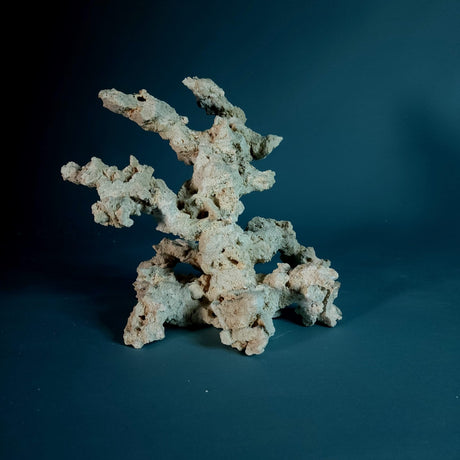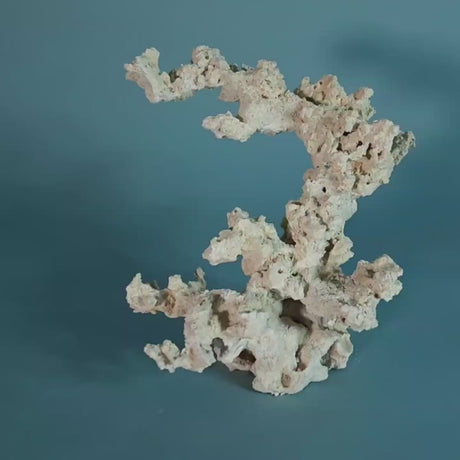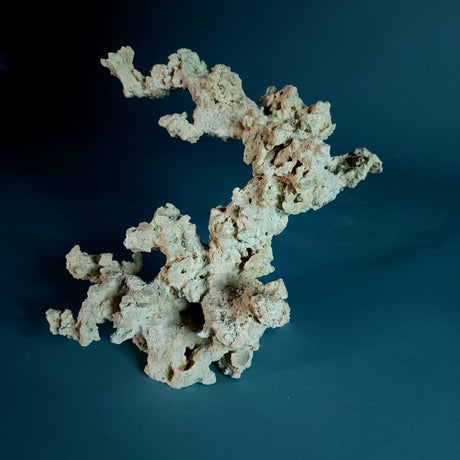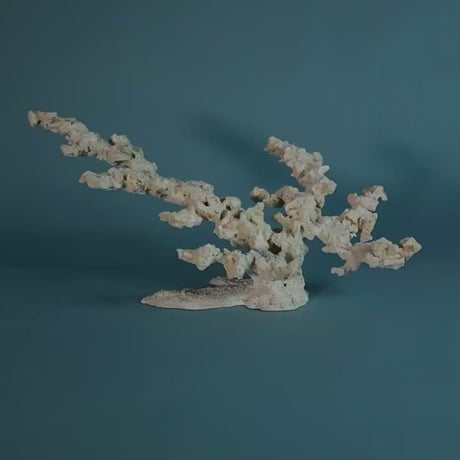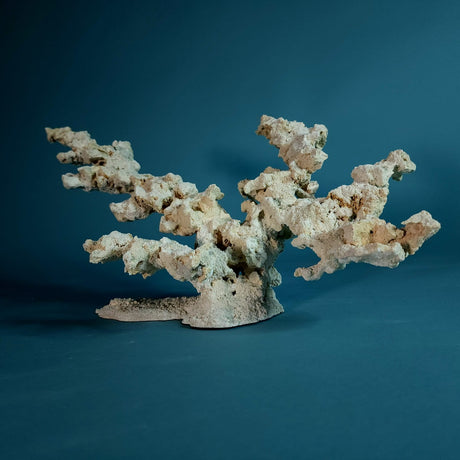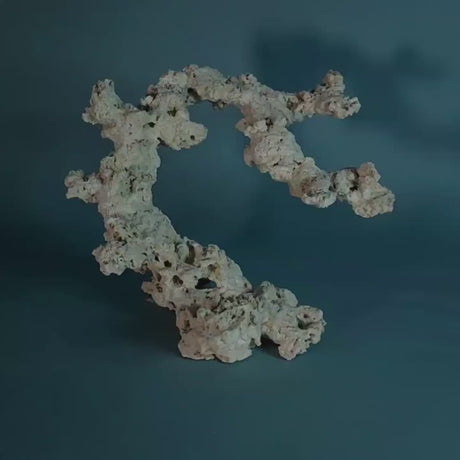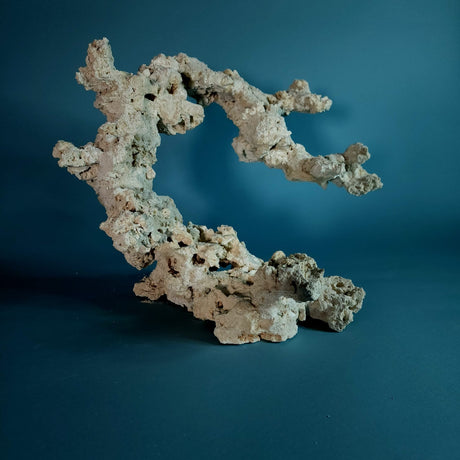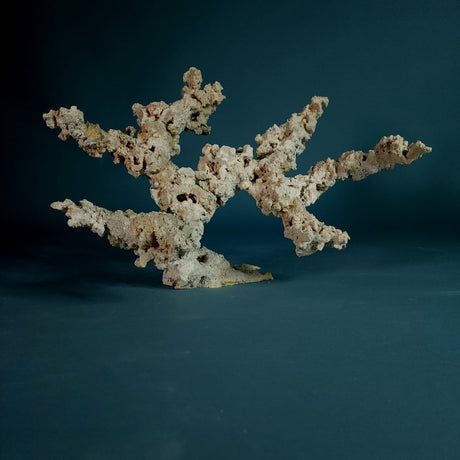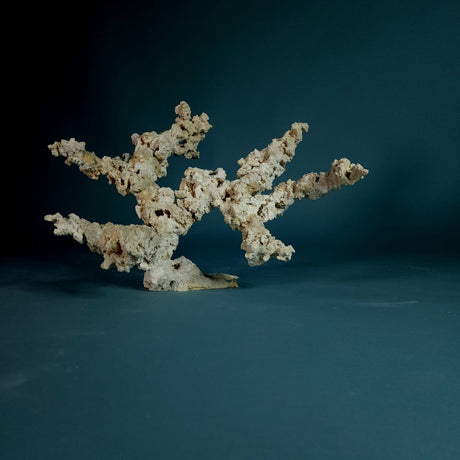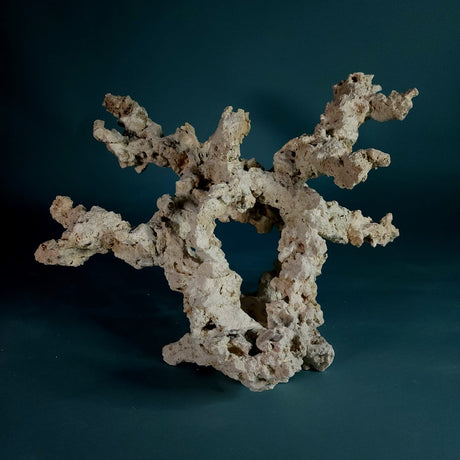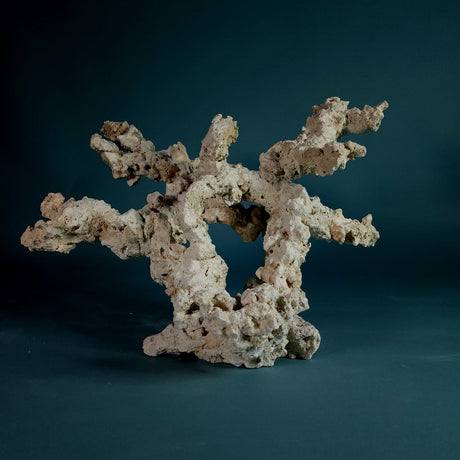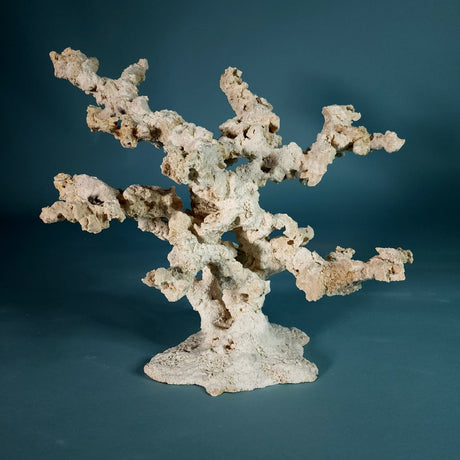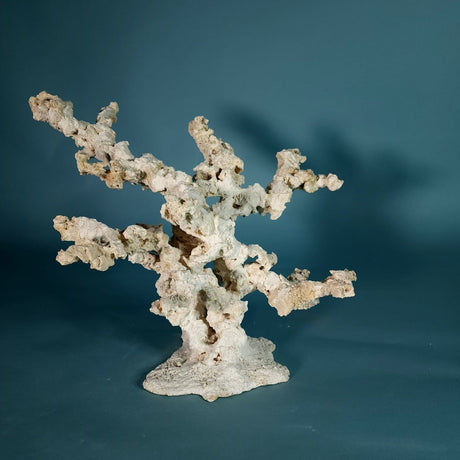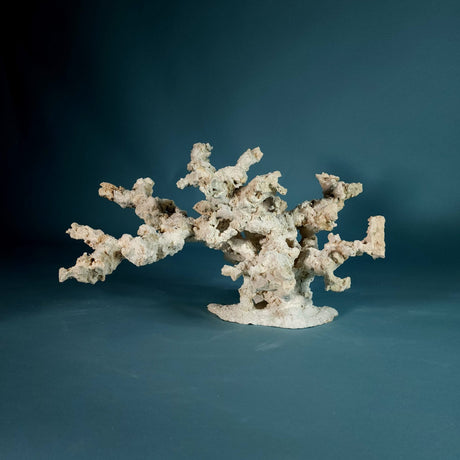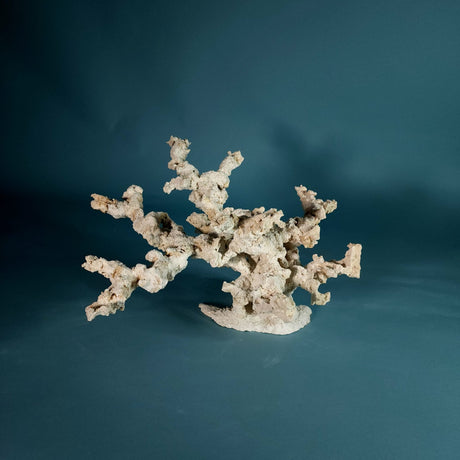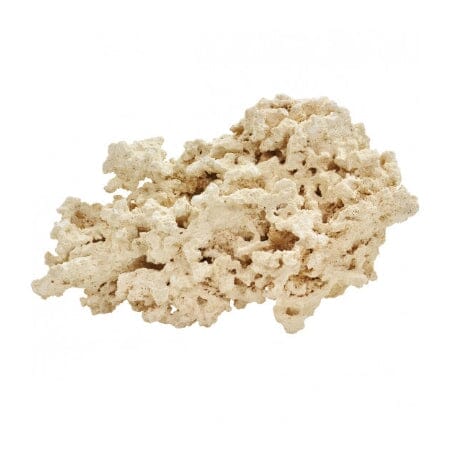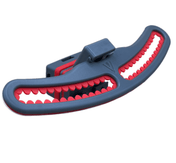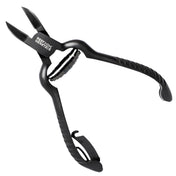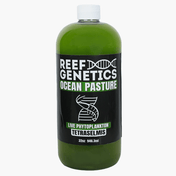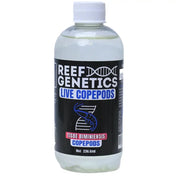Original Small 4-8" Rocks - 50lb Box - Real Reef
$28999$32499Unit price /UnavailableOriginal Medium 6-12" Rocks - 50lb Box - Real Reef
$28999$32499Unit price /UnavailableOriginal Mixed 3-14" Rocks - Box - Real Reef
From $16225$16999Unit price /Unavailable- From $12499
$14999Unit price /Unavailable Original Small 4-8" Rocks - (By the lb) - Real Reef
$649Unit price /UnavailableOriginal Medium 6-12" Rocks - (By the lb) - Real Reef
$649Unit price /UnavailableOriginal Mixed 3-14" Rocks - (By the lb) - Real Reef
$649Unit price /UnavailableOriginal Large 8-16" Rocks - (By the lb) - Real Reef
$999Unit price /Unavailable"Mini Reef Box" - 10-20 Gallons - Real Reef
$22499$24999Unit price /Unavailable"Reef Ready Box" - 20-40 Gallons - Real Reef
$26999$29999Unit price /UnavailableShelf Rock - 25 lbs Box - Real Reef
$19999Unit price /UnavailableShelf Rock - 50 lbs Box - Real Reef
$39999Unit price /UnavailableFancy Branch Rock - 10 lbs Box - Real Reef
$12999Unit price /UnavailableFancy Branch Rock - 30 lbs Box - Real Reef
$39999Unit price /UnavailableFancy Arches - 4 Pack - Real Reef
$24999Unit price /UnavailableMini Plate Corals - 10 Piece - Real Reef
$16999Unit price /UnavailablePurple Life Rock - DreamScapes - 5-15 Gal - CaribSea
$10999$11999Unit price /UnavailablePurple Life Rock - DreamScapes - 15-25 Gal - CaribSea
$15999$17999Unit price /UnavailablePurple Life Rock - DreamScapes - 40-60 Gal - CaribSea
$26999$29999Unit price /UnavailablePurple Life Rock - Arches - 20Lbs Box - CaribSea
$14999Unit price /UnavailablePurple Life Rock - Tunnel - Per Pound - CaribSea
$799Unit price /UnavailablePurple Life Rock - Cave - Per Pound - CaribSea
$799Unit price /UnavailablePurple Life Rock - Arches - Per Pound - CaribSea
$799Unit price /UnavailablePurple Life Rock - Shapes & Arches - 20Lbs Box - CaribSea
$14999Unit price /UnavailablePurple Life Rock - Base Rock - Per Pond - CaribSea
$499Unit price /UnavailablePurple Life Rock Nano Reef Kit - Caribsea
$6999Unit price /UnavailablePurple Life Rock Nano Tree - CaribSea
$8999Unit price /UnavailablePurple Life Rock - Nano Arches - CaribSea
$10999Unit price /UnavailablePurple Life Rock - Base Rock - 40 Lbs - CaribSea
$17999Unit price /UnavailableFiji Pink Live Sand - CaribSea
From $1699$1999Unit price /UnavailableArag-Alive Reef-Grade Sand - CaribSea
From $1699$1999Unit price /UnavailableMineral Mud - 1 Gal - CaribSea
$3999Unit price /UnavailableCustom Dry Live Rock Aquascape #11
$73900Unit price /UnavailableCustom Dry Live Rock Aquascape #10
$73900Unit price /UnavailableCustom Dry Live Rock Aquascape #09
$1,08900Unit price /UnavailableCustom Dry Live Rock Aquascape #01
$1,08900Unit price /UnavailableCustom Dry Live Rock Aquascape #02
$88900Unit price /UnavailableCustom Dry Live Rock Aquascape #03
$28900Unit price /UnavailableCustom Dry Live Rock Aquascape #04
$28900Unit price /UnavailableCustom Dry Live Rock Aquascape #05
$38900Unit price /UnavailableCustom Dry Live Rock Aquascape #06
$43900Unit price /UnavailableCustom Dry Live Rock Aquascape #07
$88900Unit price /UnavailableCustom Dry Live Rock Aquascape #08
$98900Unit price /UnavailableCustom Dry Live Rock Aquascape #12
$68900Unit price /UnavailableCustom Dry Live Rock Aquascape #13
$1,08900Unit price /UnavailableCustom Dry Live Rock Aquascape #14
$1,28900Unit price /UnavailableCustom Dry Live Rock Aquascape #15
$1,28900Unit price /Unavailable- $349Unit price /Unavailable
Live Rock & Sand FAQs
What is the difference between live rock and dry rock?
What is the difference between live rock and dry rock?
How do I properly cure dry rock before adding it to my aquarium?
How do I properly cure dry rock before adding it to my aquarium?
What grain size sand is best for my reef tank?
What grain size sand is best for my reef tank?
Can I mix live rock and dry rock in my aquarium?
Can I mix live rock and dry rock in my aquarium?
How should I maintain and clean my aquarium sand and rock?
How should I maintain and clean my aquarium sand and rock?
